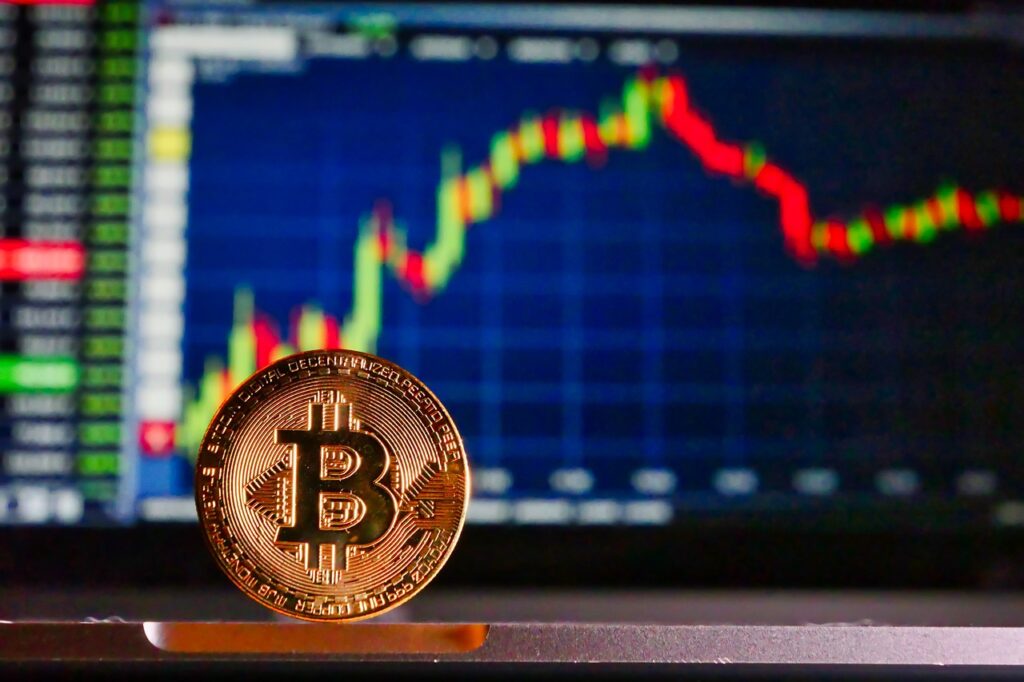A recent report from the Federal Deposit Insurance Corporation (FDIC) shows a strong link between limited banking access and cryptocurrency ownership. Households without full banking services are more likely to own digital currencies than those with traditional banking. These underbanked households often depend on alternative financial services like payday loans or check cashing, facing unique risks tied to both nontraditional borrowing and cryptocurrency investments.
The report’s findings come from a June 2023 survey of 30,000 U.S. households. This survey is part of an ongoing FDIC effort since 2007 to study the financial behaviors of “unbanked” and “underbanked” households. Unbanked households lack savings or checking accounts, while underbanked households have accounts but still use nontraditional financial services.
Decline in Unbanked Households but Disparities Persist
The report highlights a significant drop in unbanked households over the past decade. As of 2023, only 4.2% of U.S. households, or 5.6 million homes, are unbanked. This marks a sharp decline compared to 2011. Despite this progress, disparities remain. Black, Hispanic, Native American, single-parent households, and households with disabled working-age members are more likely to be unbanked.
Underbanked households make up 14.2% of U.S. households, or about 19 million homes. These households rely on services like payday loans, pawn shops, or check cashing to meet financial needs. Among underbanked households, over 6% own digital currencies such as Bitcoin, compared to just 4.8% of fully banked households.
Growing Use of Riskier Financial Tools
The report also notes rising reliance on Buy Now, Pay Later (BNPL) services, especially among underbanked households. Nearly 10% of underbanked households use BNPL, compared to only 3% of fully banked households. Alarmingly, 13% of all BNPL users reported late or missed payments. This figure rises to over 20% among underbanked households.
These findings suggest that underbanked households face greater financial instability. They often turn to higher-risk tools like cryptocurrencies and BNPL services, which lack the security and regulation of traditional banking options.


